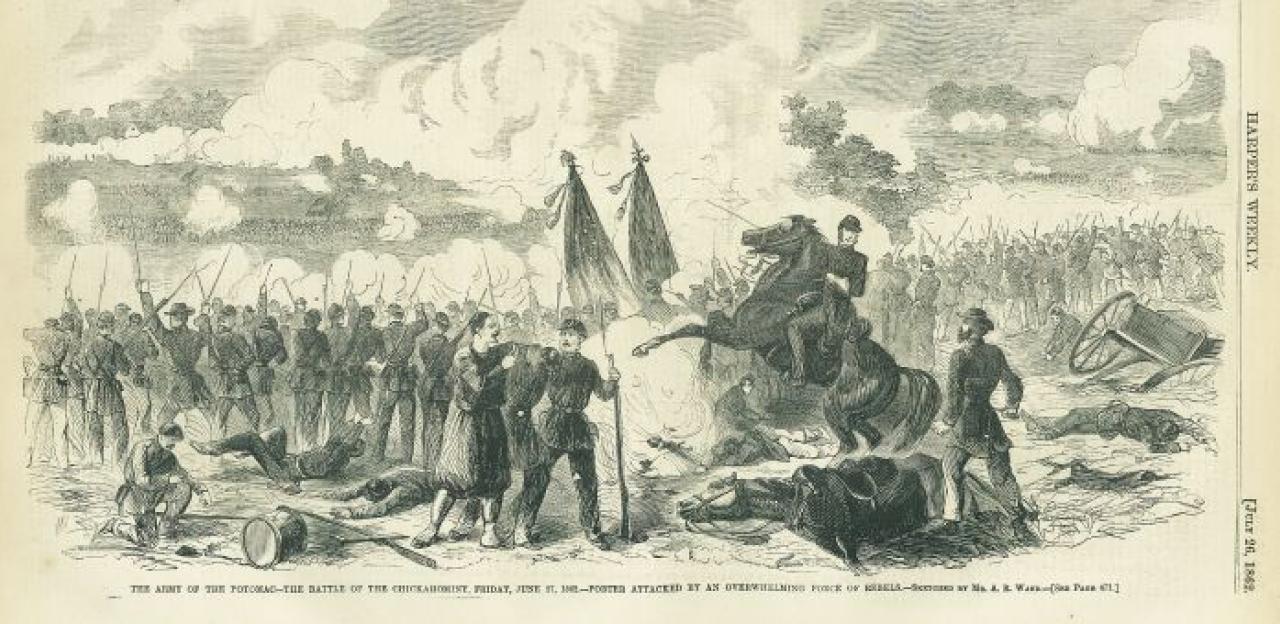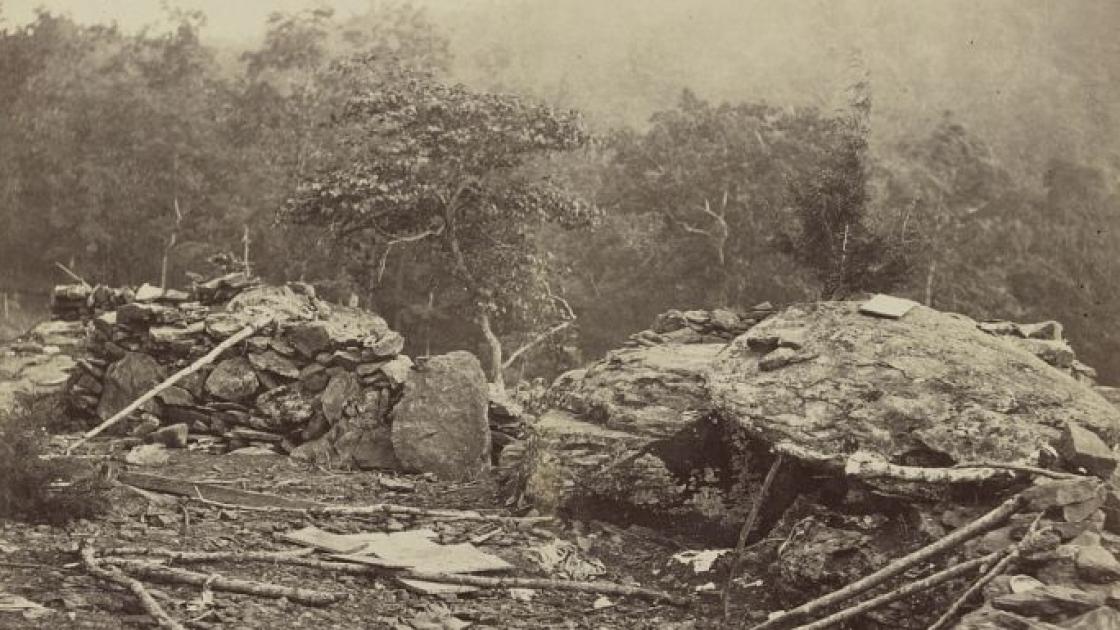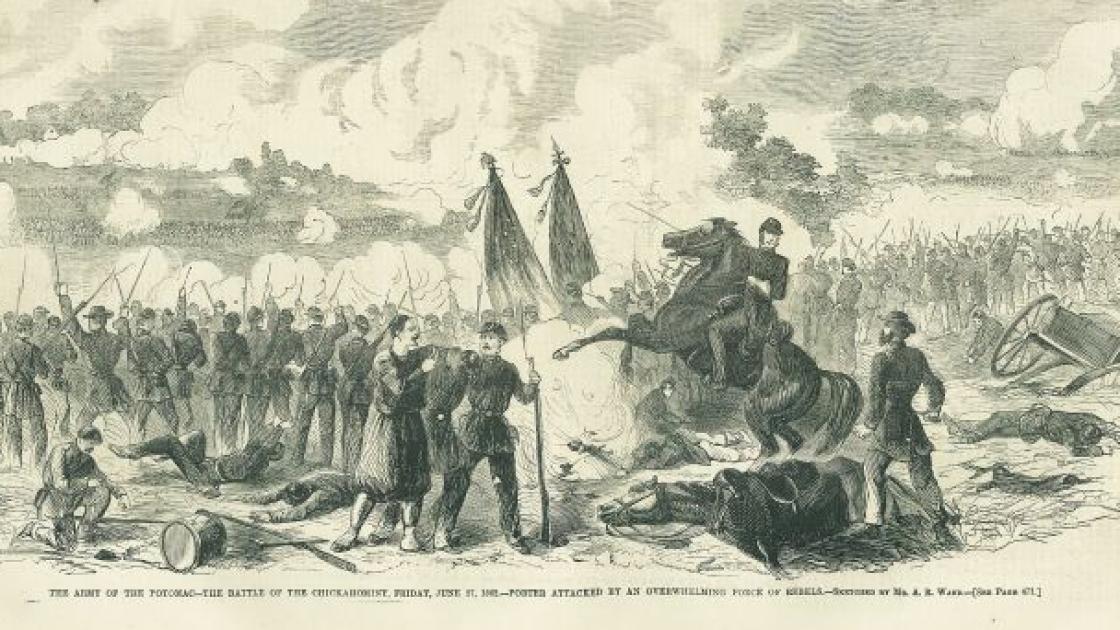A Student's View on The Civil War

Jackson Petro
The Civil War is perhaps the most pivotal chapter in American history and the “crossroads of our being” as a nation. This war's profound impact on shaping the present day United States makes it an essential area of study for students and teachers. Student Jackson Petro recently had the great pleasure of taking a high school elective course on the Civil War and offered the below thoughts on how such a class can be taught to be both enjoyable and informative.
I often have enjoyed history classes when teachers make good use of primary sources whenever possible. A good primary source can not only be informative, but it also offers a firsthand testimony which immediately transports you back to the day it was written. One could learn about the Battle of Antietam in detail and study its place in the history of the Civil War, but when a teacher adds a personal account of one of the soldiers who fought in that battle, it provides a new depth to the students understanding. Newspapers, journals, and personal correspondence all provide the kind of insight into a topic that cannot be gained in any other way. It is also useful to select images, maps, and videos to complement whatever is being taught.
I find it extremely difficult to understand how a battle was fought without the use of a battlefield map, or several maps that break down a battle in stages. The Civil War also saw the use of early photography, and a picture is a primary source that is worth a thousand words. This visual aide can make historic events that occurred over 150 years ago seem more real and less distant to a contemporary student. A relevant movie, battlefield animation, or documentary can also offer an exciting take on the subject that is being taught, and there is no shortage of them concerning the Civil War.

The assignments a teacher gives during class and for homework are also influential in the way that students absorb, retain, and relate to the Civil War. One assignment that is beneficial is a research based assignment like an essay. Surprisingly, and unfortunately, in my experience, this type of assignment is not often used in high school history classes. A research based project, whether done as an essay or in another form, (such as a video, power point presentation, creative project etc. ) asks a student to delve deeper and learn about certain aspects of the Civil War that cannot be taught in detail during class.

Also, by making a student write in length on any subject, a teacher can quickly determine the student's level of understanding on that subject, making it a useful evaluation tool as well as an educational one. A research based essay also makes a cross-curricular connection to English classes, where essay writing, format, and proper citation methods are taught as early as Middle School.
The ultimate tool of any teacher in any subject is enthusiasm. Authentic enthusiasm and personal interest in the subject being taught is far more important than any special pedagogical method or approach to teaching. The content of a course is important, but it will be a teacher's passion for their subject, rather than a well-balanced test or creative project, that instills students with the desire to learn. An impassioned lesson on the fateful Pickett's Charge or the struggle of legalizing Emancipation can be made as stimulating as any movie if the teacher is enthusiastic and personally enjoys what they are teaching. In this way a history class can truly become a welcome oasis of interest for a student from what would otherwise be a mundane seven hour school day.


